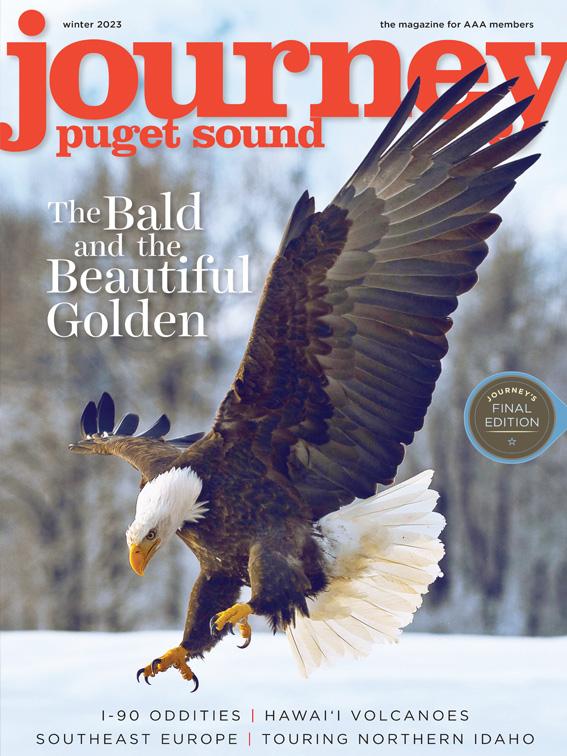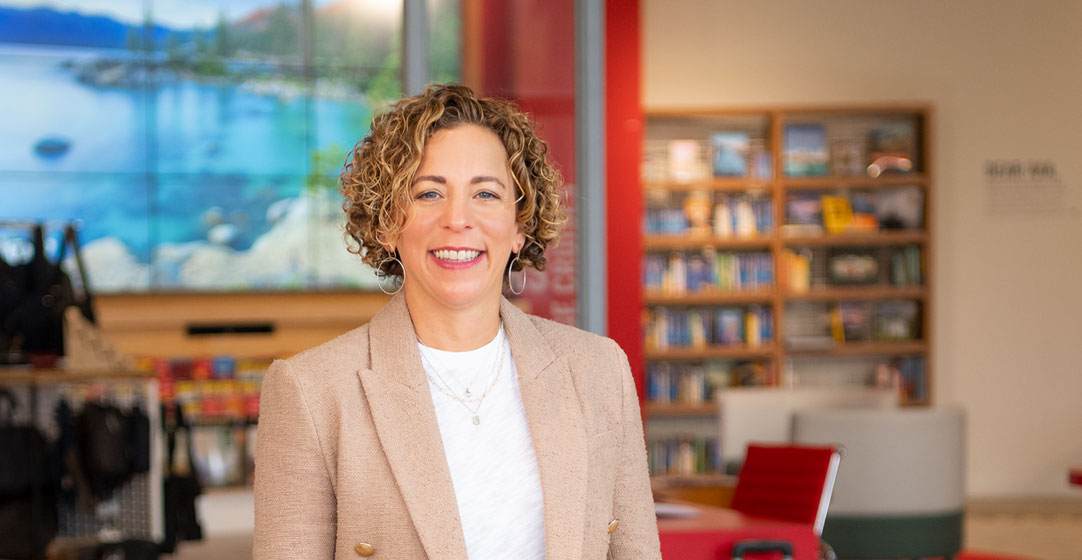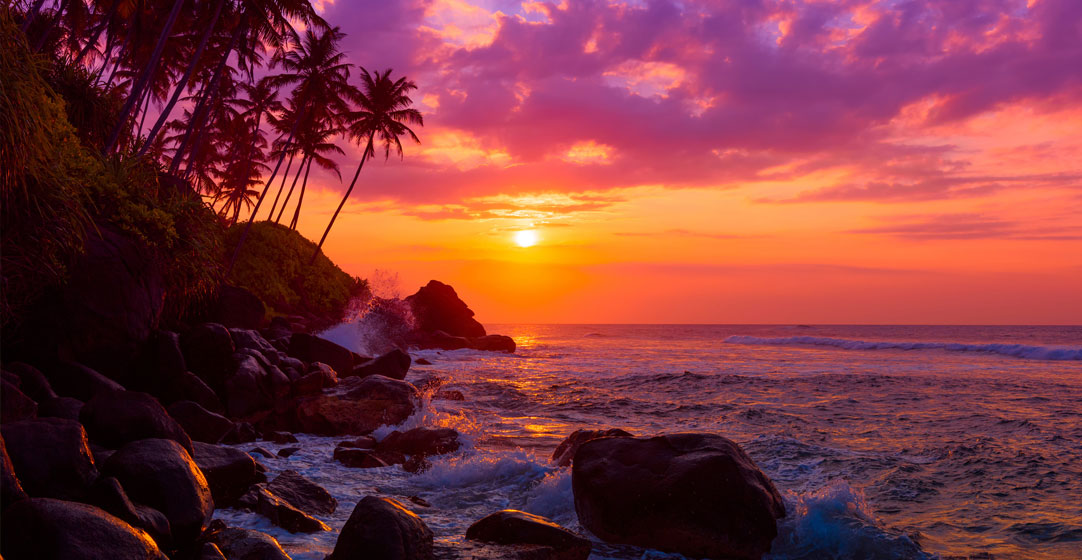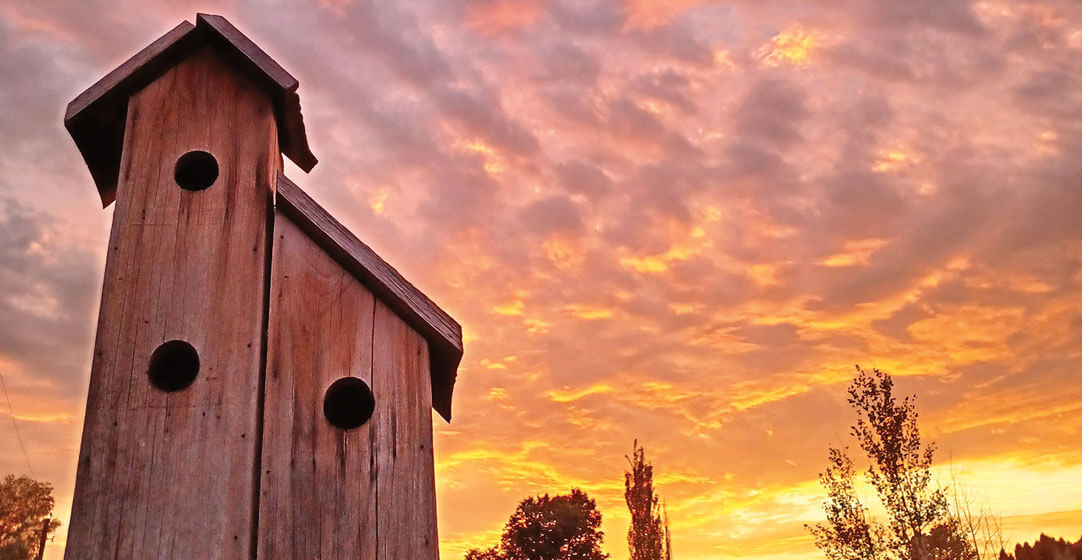Trace African American History Across the Evergreen State
From Garfield High School alumni Quincy Jones, Ernestine Anderson and Jimi Hendrix to George Washington, the freed man who founded Centralia, African American roots run deep in the Evergreen State. See the top Black history sites and learn the stories behind them.
When people think of Black history what usually comes to mind isn’t the Northwest. Instead, people think of the South. After all, that’s where the civil rights movement of the 1960s began. But the contributions of the Black community in the Northwest go as far back as the 1800s.
“There’s a lot of rich history and a lot of it is unknown to the masses,” says Jason Turner, the lead tour guide at the Northwest African American Museum (NAAM), located in the Central District, a historically Black neighborhood of Seattle. “So our responsibility — people like us at NAAM and the Washington State Black Heritage Society — is to get that information out and spread it among the young people, and pass on that information in the years to come.”

The Black Heritage Society of Washington State has been at the forefront of cataloging local Black history and historical landmarks since its inception in 1980. The work has been especially important to Stephanie Johnson-Toliver, a fourth generation Seattleite and the nonprofit’s executive director. A graduate of the Seattle School District, Toliver says Black history lacks visibility, but she doesn’t think it will be that way for long.
“It’s there if you’re looking for it, but sometimes it’s just a little harder to connect to it,” Johnson-Toliver says. “All of that is beginning to change and this world and space are open to the internet capabilities we’re able to share it more broadly.”
As we approach February, Black History Month, consider a trip to explore one or more of these landmarks that reflect the roots of Black history in Washington.
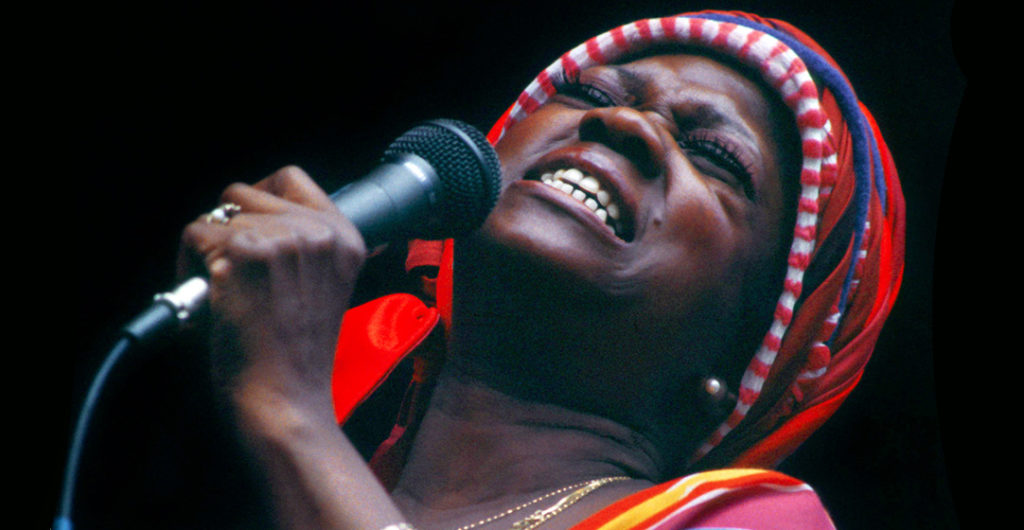
Garfield High School, Seattle
Aside from its many talented Black alumni such as Ernestine Anderson, Jimi Hendrix, Quincy Jones and Ishmael Butler of Shabazz Palaces, Garfield High School was the first majority Black preparatory school in Washington. The school is located on 400 23rd Ave. in the heart of Seattle’s historically Black neighborhood. First established in 1920, by the early 1960s the majority of the student body was Black. It’s also significant because the school hosted multiple civil rights speakers, including Martin Luther King Jr. and Jesse Jackson. The future President Barack Obama, then a U.S. senator, also gave a speech there in 2006.
NAAM, Seattle
It’s fitting that Northwest African American Museum now sits in what used to be Colman School at 2300 South Massachusetts Street in Seattle. It was the first school to admit Black students. It also was the location of reputedly the longest act of civil disobedience, as it was occupied by community activists for eight years before it became NAAM. In 1993, under the administration of the city’s first and only Black mayor, Norm Rice, the museum began its long journey to formation. It wasn’t until 2008, that the museum opened its doors to the public. Today its gallery provides much-needed space to Black artists.
Jackson Street, Seattle
Jackson’s street’s legacy dates to 1918 when Washington Hall was graced with a performance by Miss Lillian Smith’s Jazz Band. Rolling into the 1930s and up to the 1960s, the street heard some of the most notable musicians of Jazz history including Louis Armstrong and Ella Fitzgerald. The clubs around the area are where greats like Ray Charles first got their start in the music world.
The street was also a refuge. In those times, many Black travelers relied on a little green book called “The Negro Motorist Green Book.” Listed in the book were places all over the country that were friendly to Black travelers. Nearly all the businesses on Jackson street could be found listed in the little green book.
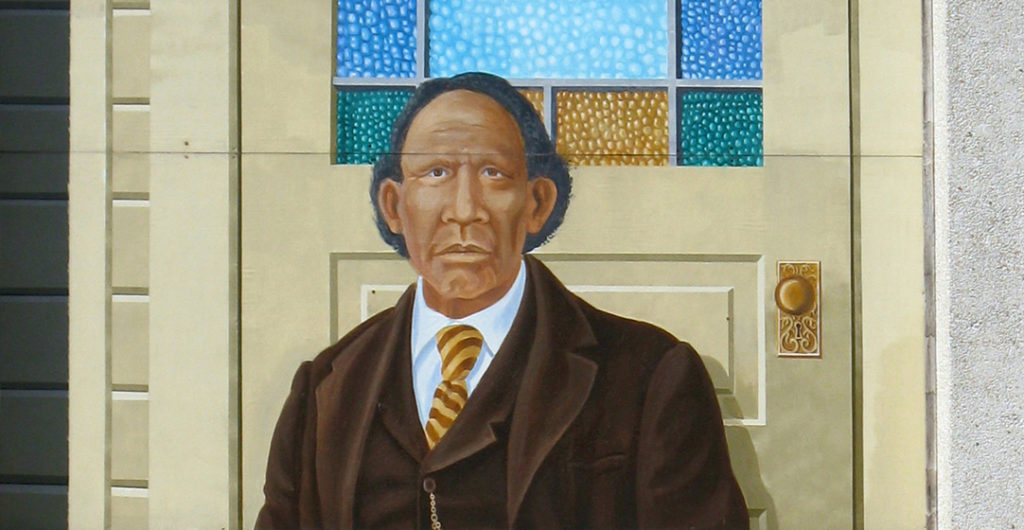
Centralia, Washington
Many Black pioneers came to Washington during the 1800s, seeing the Northwest as a place for new opportunities. One Black family did more than just resettle. On January 8, 1875, George Washington, a free Black person whose parents were slaves, filed the plat for what would become modern-day Centralia. He originally tried to settle in Oregon but headed north into Washington, where, unlike Oregon, did not make it illegal for Black people to own property. Today, Centralia, which is located two hours south of Seattle, has a beautiful historic downtown district and is home to more than 18,000 people.
William Grose Park, Seattle
This quiet park on 1814 30th Ave. in Seatte is named after the pioneering Seattle business mogul William Grose. At different times during his time in Seattle, he owned a restaurant and a hotel and was known to have purchased his home (which can still be seen) with solid gold. He was the first Black person to own property in the East Madison neighborhood. Before arriving in Seattle circa 1860, Grose already had a long list of accomplishments. He had an impressive career in the U.S. Navy, and helped organize an underground railroad to help free slaves.
Home of Edwin T. Pratt, Seattle
Edwin T. Pratt was a leading civil rights leader in Seattle. He was the executive director of the Seattle Urban League and made monumental steps for racial equality in the region. Pratt led the way in desegregating Seattle Public Schools and creating an initiative for equal housing opportunities. His work was cut short when, on the snowy night of January 26, 1969, he was shot to death at his home in Shoreline. The case remains unresolved to this day. As a tribute to his tireless work as civil rights leader, the Pratt Fine Arts Center and Pratt Park in Seattle were named in his honor.

Rotary Boys & Girls Club, Seattle
This historic building on 201 19th Ave. in Seattle carries a lot of clout. It is home to Seattle’s No. 1 AAU basketball program, which has produced dozens of top-tier players. Before they were drafted into the NBA, the courts of the Rotary Boys & Girls Club were once home turf for point guards Jamal Crawford and Isaiah Thomas.
But the club is also the spiritual home for Seattle’s hip-hop scene. Back in the 1980s, when hip hop was just emerging in the city, the space hosted some of the hottest dance parties of that time. According to the writer Daudi Abe in his book “Emerald Street: A History of Hip Hop in Seattle,” famed DJ Sir Mix-A-Lot’s weekend parties drew “hordes of excited young people.” He notes that many broke out into freelance cyphers and breakdancing while they waited to hear Sir Mix-A-Lot scratch some vinyl.
Buffalo Soldiers Museum, Tacoma
The Buffalo Soldiers Museum at 1940 S. Wilkeson St. in Tacoma explores key historical events through the perspective of the Black soldier. Each of the five themed rooms have artifacts and documents that highlight the journey of African Americans from enslaved sharecroppers to decorated soldiers. The museum is open on Wednesday and Saturday, but visitors are encouraged to call ahead first.
Spokane, Washington
The Black community has a significant presence in Spokane. Black settlers first came to the timber and mining town then known as Spokane Falls in the late 19th Century. Important sites are the Calvary Baptist Church and Bethel AME Church (both founded circa 1890). Also of note is The Carl Maxey Center in the East Central neighborhood. The center was founded in 2017 as a cultural hub and gathering place by activist Sandra Williams, who is also editor and publisher of The Black Lens, the only African American-focused newspaper in eastern Washington.
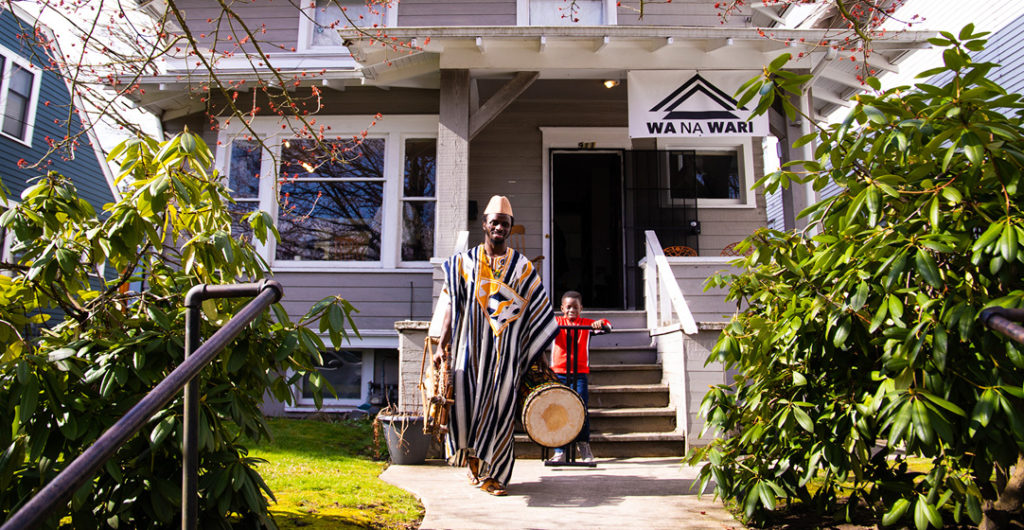
Wa Na Wari, Seattle
Established in 2019, Wa Na Wari is a Craftsman house turned into a gallery for contemporary Black artists. Wa Na Wari, which means “our home” in Kalabari, was founded by Elisheba Johnson, Inye Wokoma, Jill Freidberg and Rachel Kessler. The gallery is located at 911 24th Ave. in Seattle’s Central District.
FAME Church, Seattle
Founded by Seaborn Collins in 1886, the First African Methodist Episcopal Church “FAME” is believed to be the oldest church in Seattle that serves the Black community. During the Civil Rights era, the church was also the epicenter of local organizing at its location on 1522 14th Ave. In 1984, it was designated a historic Seattle landmark.
Other notable Seattle landmarks include the Black Panther Headquarters on 34th and East Union Street, the Odessa Brown Children’s Clinic and Zion Preparatory Academy.
–Written by Agueda Pacheco Flores, last updated in October 2022.
–Top photo is of Garfield High School. Photo is by Joe Mabel/Wikimedia.

